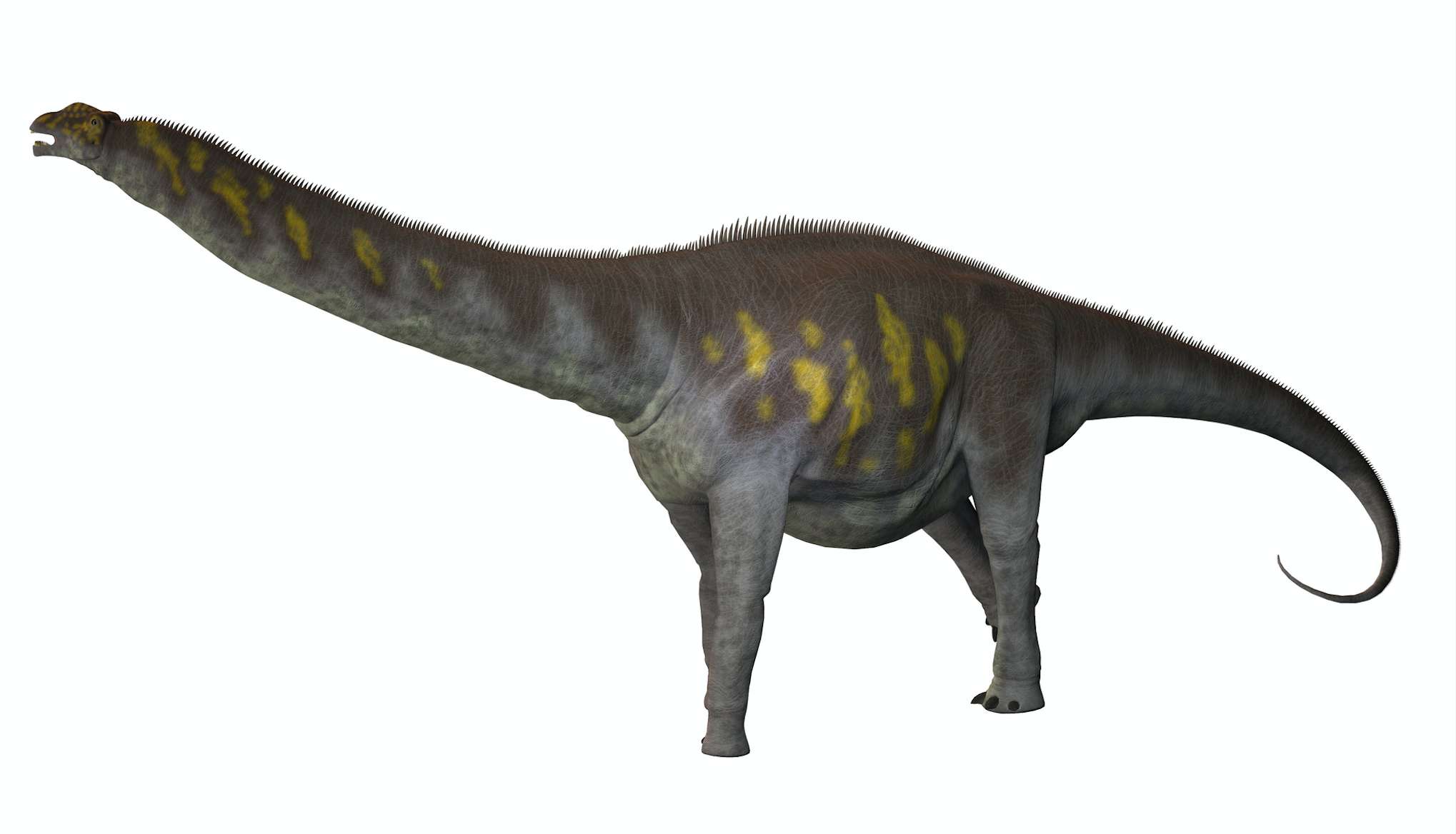Create a free profile to get unlimited access to exclusive videos, sweepstakes, and more!
New super-sized South American titanosaur fossil could be a record-breaker

The gargantuan era of the dinosaurs, when mammoth creatures roamed the wilds of primeval Earth, was a time populated by numerous behemoth beasts but few larger than the animals dubbed titanosaurs.
These ginormous Cretaceous period monsters belonged to a diverse and dominant group of sauropod dinosaurs which all were defined by their XXL size, long neck and tail, and four-legged bodily structure.
Now a team of South American paleontologists have unearthed the fossilized remains of a massive 98 million-year-old titanosaur in Neuquén Province in Argentina's northwest Patagonia, and it just might be the largest earthly dinosaur specimen ever discovered.
Headed up by researchers from The Zapala Museum, Museo de La Plata, Museo Egidio Feruglio, and the universities of Río Negro and Zaragoza, the fossilized remains were extracted from the site's dense sedimentary deposits known as the Candeleros Formation.
As described in a new study published in the online journal Cretaceous Research, the fossil's 24 vertebrae of the tail and portions of the pelvic and pectoral girdle excavated are believed to belong to a new titanosaur whose enormous size could eclipse that of previously discovered mega relatives like Patagotitan.
That terrestrial giant, first catalogued in 2008 and found in the desert near La Flecha, lived 100 million to 95 million years ago and measured up to a colossal 122 feet long.
Another immense titanosaur, unearthed in southwestern Argentina in 1987 and officially titled Argentinosaurus, grew up to 131 feet long and tipped the scales at more than 110 tons, roughly the weight of an average adult blue whale. This latest Patagonian specimen could potentially beat out the body mass statistics of that previous world record holder.
"It is a huge dinosaur, but we expect to find much more of the skeleton in future field trips, so we'll have the possibility to address with confidence how really big it was," study co-author Alejandro Otero of Argentina's Museo de La Plata told CNN.
Titanosaur remains are not relegated to modern South America and bones have been dug up all across the globe on every continent but Antarctica. By far the greatest treasure of the biggest of the beasts, those weighing over 40 tons, have been stumbled upon in the Patagonia region.
"In addition to the total size, the bones are articulated," wrote team member José Luis Carballido in the museum's official Facebook announcement. "Something we haven't seen in dinosaurs this size until now. For now, we find the articulate vertebrae of the tail and hip bones. Phylogenetic analysis shows us that it is a basal form of the Patagotitan bloodline and is known as Lognkosauria, a group of South American titanosaurs."
In order to ascertain a more precise estimate of this titanosaur's ultimate size, scientists will continue to delve into its evolutionary mysteries, but preliminary data reveals that it's most likely larger than Patagotitan majorum and will probably eclipse its record as the biggest terrestrial creature ever to walk the Earth.
"The studied bones of this new sauropod are bigger than those of Patagotitan, however, because of no femur and humerus, we cannot calculate body mass," Carballido notes in the same official post. "So any comparison we make is inconclusive."




























